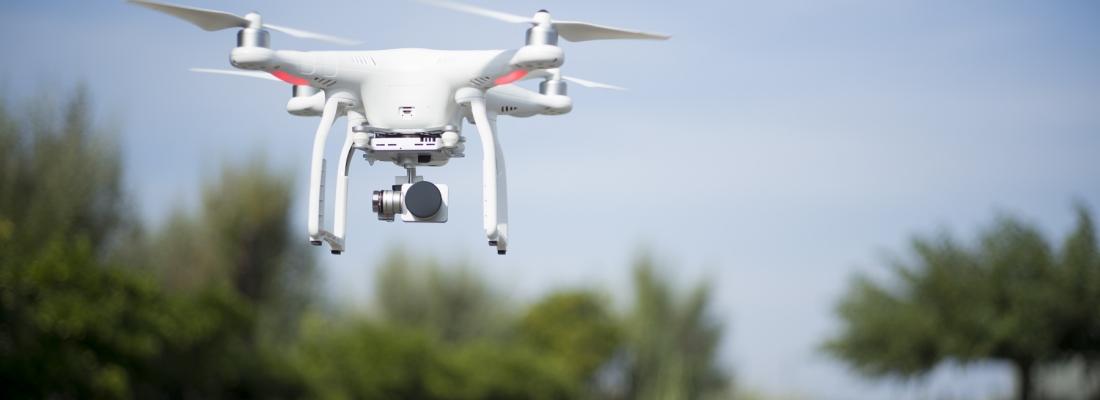Bioeconomy Reading time 2 min
Digital technologies and plant production: predict and act
Published on 27 June 2018

Because they are based on similar technological tools used to capture and share data, digitisation benefits from a transformative power that has been unequalled to date. Because agriculture is based on detailed observations of biophysical observations of an environment and decision-making in uncertain situations, it has notably become a major field for the application of digital technologies. By enabling the characterisation of living organisms, by combining these data under a range of spatial and temporal approaches, these tools can facilitate access to consolidated data that will enable decisions and actions. Digital technologies can establish links for users who were hither to distanced from decision-making. In parallel, new methods for access to knowledge are emerging and herald novel responses to the challenges faced by agriculture in the future, as well as contributing to the development of public policies.
Agriculture as a whole thus concentrates numerous and varied sources of data, which, depending on their use, could, give rise to a reconfiguration of different farming sectors. The CIAg meeting on “Digital Technologies and Plant Production: Predict and Act” addressed these potential changes. Organised by INRA, IRSTEA and the #DigitAg Convergence Institute, it attracted a broad community of people using digital tools in agriculture and regional development: start-ups, farmers or the managers of public policies. Using big data to predict wine quality or drones to ensure precision viticulture, optimising the management of harvests or water levels using digital tools, or connecting hives, the examples presented during the CIAg covered three spatial and decision-making levels that are closely linked through digital technologies: the agricultural parcel, the farm and the region.
Focus on two cases
Digital technologies and short channel distribution circuits for food: what are the challenges? The role of digital technologies in these distribution circuits remains little studied even though they could be key to their renewal. By comparing the findings of the Joint Technology Network on Local Foods with practical experiences in the field, INRA scientists have highlighted certain advantages, limitations and challenges relative to using digital technologies in these distribution channels, notably in terms of the sustainability of food systems.
Precision agriculture: adapting the spraying of plant health treatments as a function of weather conditions and canopy volume. Networks of intelligent sensors that are independent or embarked on agricultural machines, mapping, information systems, decision-support tools, etc., digital technologies are opening the way towards precision agriculture that is both more productive and environmentally-friendly. IRSTEA and IFV are working on reducing inputs and developing alternative methods to protect crops, and more precisely to protect vines against mildew and downy mildew. They analysed spraying operations – in terms of both their precision or lack of precision – and demonstrated the usefulness of implementing systems for measurement, traceability, decision-support and the sharing of data and knowledge so that actors in agriculture can be offered management methods to reduce inputs and their associated risks.
CROSSROADS FOR AGRICULTURAL INNOVATION
The Crossroads for Agricultural Innovation have become a recognised opportunity for the dissemination of information on the research projects and results achieved by INRA and its research and development partners working on innovations. By enriching and sharing discussions between scientists and actors in development, the CIAg are gradually contributing to supporting the socio-economic changes under way in different sectors and regions. The priority of the CIAg is to focus on all professionals working in agriculture, food and the environment. These events are also a source of synthetic knowledge which then becomes available to teaching and training in agriculture. The CIAg also give rise to synthetic documents that are published online in an electronic journal, Innovations Agronomiques, which also contains supplementary information which offers exhaustive coverage of the themes addressed.
For more information about the CIAg
